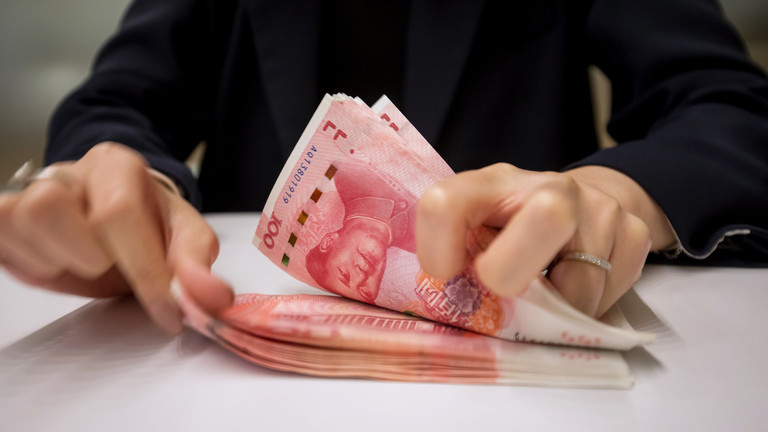Discover the latest developments in Russian trade as the share of the Chinese yuan in both exports and imports continues to surge. Learn how this shift is signaling a potential transformation in global currency dynamics and challenging the dominance of the US dollar.
In its latest review of financial market risks, the Central Bank of Russia revealed a significant increase in the share of the Chinese yuan in Russian exports and imports. This surge, amounting to 23% and 31% respectively, indicates a noteworthy shift in currency dynamics. This blog article explores the implications of this trend for global trade and the potential impact on the US dollar's dominant position as a reserve currency.
The Rising Share of Chinese Yuan in Russian Trade
In March, the Chinese yuan accounted for 18% of Russia's export value and 27% of import payments. However, by April, these figures experienced a notable surge. Export revenue in Chinese yuan rose from $6.9 billion to $7.2 billion, while import payments increased from $7.7 billion to $7.9 billion. This upward trajectory highlights the growing acceptance and utilization of the Chinese national currency in Russian trade transactions.
Yuan's Penetration in the Forex Market
May witnessed a remarkable development as the share of yuan trade on the Russian forex market reached 39.2%, up from 36.1% in April. Concurrently, the share of Western currencies, primarily the US dollar and the euro, experienced a decline. The US dollar's presence hit a new low, dropping to 43.7% in May from 44.5% in April, while the euro decreased from 17.8% to 15.7%. This shift underscores the increasing preference for the yuan in international currency transactions.
Putin's Perspective on Currency Diversification
Russian President Vladimir Putin, speaking at the St. Petersburg International Economic Forum (SPIEF), acknowledged the growing use of national currencies in cross-border settlements, particularly in energy trade. He stated that this shift signifies the beginning of the end for the US dollar's dominant position globally. Major economies are reducing their dollar reserves, and trade settlements using the US currency are on the decline. In response, many nations are exploring the creation of new reserve currencies, indicating a potential transformation in the global monetary landscape.
Chinese Yuan's Impact on the US Dollar
Igor Shuvalov, the head of the Russian state development corporation VEB.RF further emphasized the Chinese yuan's impact on the US dollar. Shuvalov noted that the yuan has been eroding the dollar's competitive advantages and has gained recognition as a global reserve currency. This observation highlights the shifting dynamics in international trade and the increasing influence of the Chinese yuan.
Conclusion: The significant surge in the share of the Chinese yuan in Russian exports, imports, and forex market transactions indicates a changing landscape in global currency dynamics. As the US dollar's dominance faces challenges, national currencies like the yuan are gaining traction, particularly in cross-border settlements and energy trade. The remarks from President Putin and Igor Shuvalov underline the potential end of the dollar's reign as the primary reserve currency. The Evolving Role of the Yuan in global
Free Speech and Alternative Media are under attack by the Deep State. We need your support to survive.
Please Contribute via GoGetFunding



